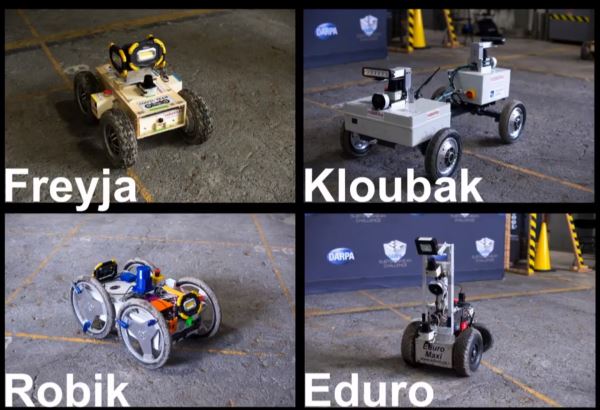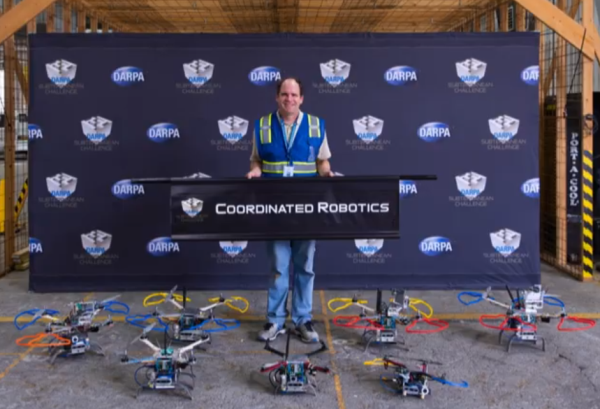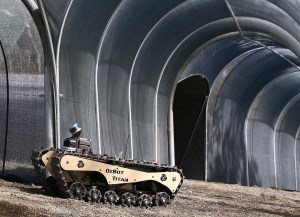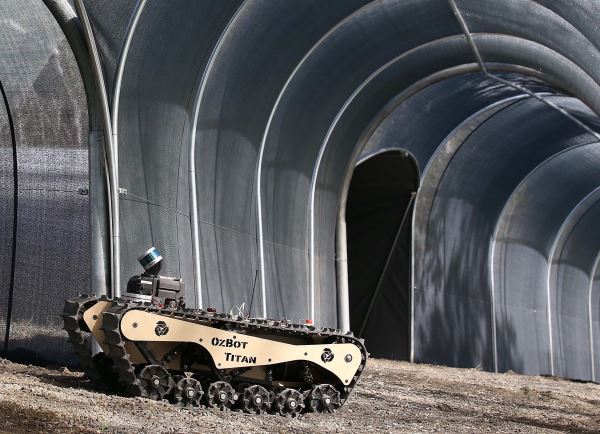The CSIRO Data61 robotics team may have missed out on a placing at the recent DARPA Subterranean Channel Tunnel Circuit challenge in the US, but they have done Australia proud.
The 20-member team with a squad of five autonomous robots was one of 10 international teams competing at last week’s event – and was the sole Australian representative.
Led by Dr Nicolas Hudson, the team partnered with researchers from world famous Georgia Tech and Emesent, a drone technology startup.
The challenge saw the robots dive deep into the dark tunnels of a Pittsburgh mine, covering a range of skills including mapping, navigation and remote communication.
The robots had to correctly identify and report on the numerous objects and artefacts hidden deep within the mine network.
To score a point, teams had to submit the location of an artefact that was correct to within 5m of the artefact itself.
However, DARPA was tracking the artefact locations with much higher precision – for example, the “zero” point on the backpack artefact was the centre of the label on the front, which DARPA tracked to the millimetre.
The winner, US-based Team Explorer, managed to return the location of a backpack with an error of just 0.18m – an incredible feat.
Special award
Team CSIRO Data61 was one of five teams to receive a special “superlative award” for their efforts following the event.
They received the “Down to the Wire” award.
With just an hour to find as many artefacts as possible, teams had to find the right balance between sending robots off to explore and bringing them back into communication range to download artefact locations.
Team CSIRO Data61 scored their final point with a mere 22 seconds to spare.
Amazingly, Team Explorer found 25 of the 40 artefacts to be crowned the winners.
With their rugged, reliable robots featuring giant wheels and the ability to drop communications nodes, Team Explorer was in the lead from Day One, scoring in double digits on every run.
Second Place went to Team CoSTAR with 11/40 artefacts found. Team CoSTAR had a diverse lineups of robots, switching bots in the mine as they learned more about the course.
Self-funded Team CTU-CRAS finished third with 10/40 artefacts found.
Other “superlative award” winners included:
Most Accurate Artefact: Team Explorer
Most Distinctive Robots: Team Robotika
Based in the Czech Republic, the judges rewarded the team for the quirkiest and most recognisable robots.
Most Robots Per Person: Team Coordinated Robotics
Kevin Knoedler, who won NASA’s Space Robotics Challenge entirely by himself, brought his own personal swarm of drones to SubT. With a ratio of seven robots to one human, Kevin was almost certainly the hardest working single human at the challenge. 
Fan Favourite: Team NCTU
The Fan Favourite award went to the team that was most popular on Twitter (with the #SubTChallenge hashtag). Team NCTU was the only team to feature a novelty blimp.
The Tunnel Circuit was the first of three circuits in the three-year challenge series.
Surviving teams will compete in an Urban Circuit and Cave Circuit next year.
The final event, planned for 2021, will put teams to the test with courses that incorporate diverse challenges from all three environments. Teams will compete for up to $2 million in prizemoney in the final series.
DARPA hasn’t provided any details on the location of the Urban Circuit yet, but the event is expected to be held next February.
This gives teams just six months to take all the lessons they learned from the Tunnel Circuit and update their hardware, software, and strategies.


